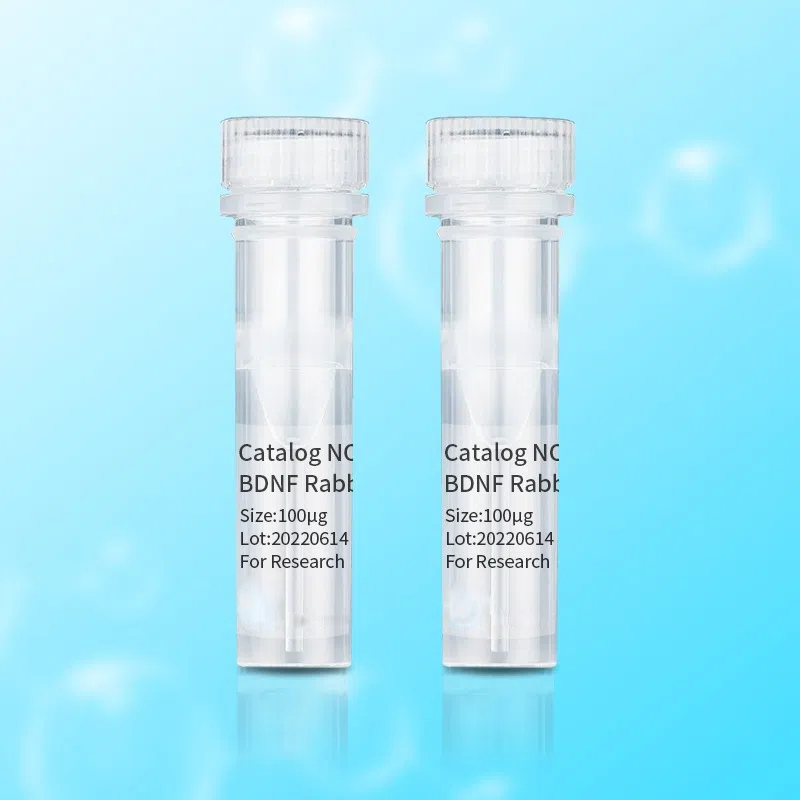Product Details
| Applications | Tested Dilution |
| Western Blot (WB) | 1-2 µg/mL |
| Immunohistochemistry (IHC) | - |
| Immunohistochemistry (Paraffin) (IHC (P)) | 2-8 µg/mL |
| Immunohistochemistry (Frozen) (IHC (F)) | Assay-dependent |
| Immunocytochemistry (ICC/IF) | - |
| Flow Cytometry (Flow) | 5 µg/mL |
| Immunoprecipitation (IP) | Assay-dependent |
| Functional Assay (Functional) | Assay-dependent |
| Miscellaneous PubMed (Misc) | - |
| Manufacturer | Zeta Corporation |
| Product Specifications | |
| Immunogen | Human endothelial vesicles |
| Conjugate | Unconjugated |
| Form | Liquid |
| Concentration | 200 µg/mL |
| Purification | Protein A |
| Storage buffer | tris with NP-40, BSA |
| Contains | <0.1% sodium azide |
| Storage conditions | 4°C |
| Shipping conditions | Ambient (domestic); Wet ice (international) |
| Manufacturer | Zeta Corporation |
Product Specific Information
- This antibody reacts with an extracellular class II epitope on CD34, a 110-115 kDa monomeric transmembrane phosphoglycoprotein expressed on hematopoietic progenitors cells and on the most pluripotential stem cells; it is gradually lost on progenitor cells. This antibody has been also used as an endothelial marker.
- This antibody will not cross-react with rat, bovine, canine or sheep.
- Functional Application: Induction.
Target Information
CD34 is a highly glycosylated monomeric with a molecular weight range of 111-115 kDa surface protein that is present on many stem cell populations. CD34 is a stem cell marker although its expression on human hematopoietic stem cells is reversible. CD34 may serve as a surface receptor that undergoes receptor-mediated endocytosis and regulates adhesion, differentiation and proliferation of hematopoietic stem cells and other progenitors. CD34 expression is likely to represent a specific state of hematopoietic development that may have altered adhering properties with expanding and differentiating capabilities in both in vitro and in vivo conditions. CD34 is possibly an adhesion molecule with a putative role for mediating the attachment of stem cells to the bone marrow extracellular matrix or directly to stromal cells. Further, CD34 could act as a scaffold for the attachment of lineage specific glycans, allowing stem cells to bind to lectins expressed by stromal cells or other marrow components. CD34 is thought to have a role in presenting carbohydrate ligands to selectins. The intracellular chain of the CD34 antigen is a site of phosphorylation by activated protein kinase C suggesting a putative role in signal transduction. Diseases associated with CD34 dysfunction include dermatofibrosarcoma and neurofibroma.



Reviews
There are no reviews yet.